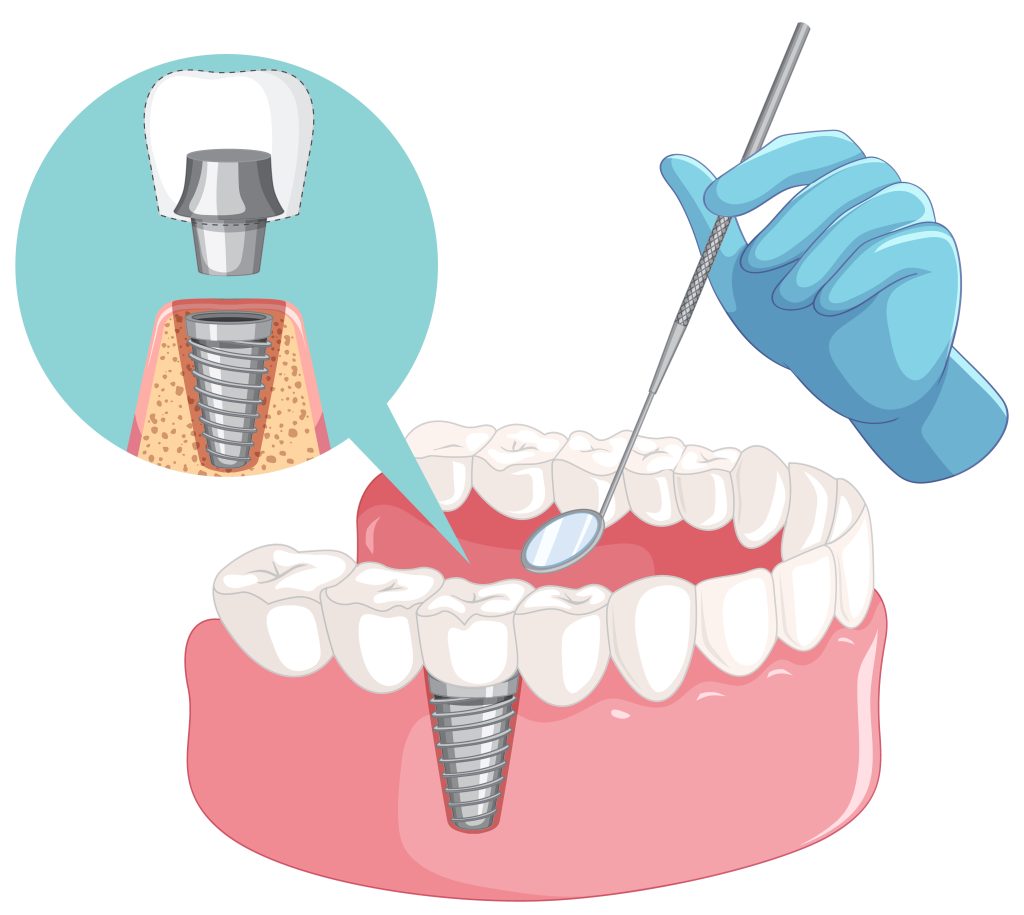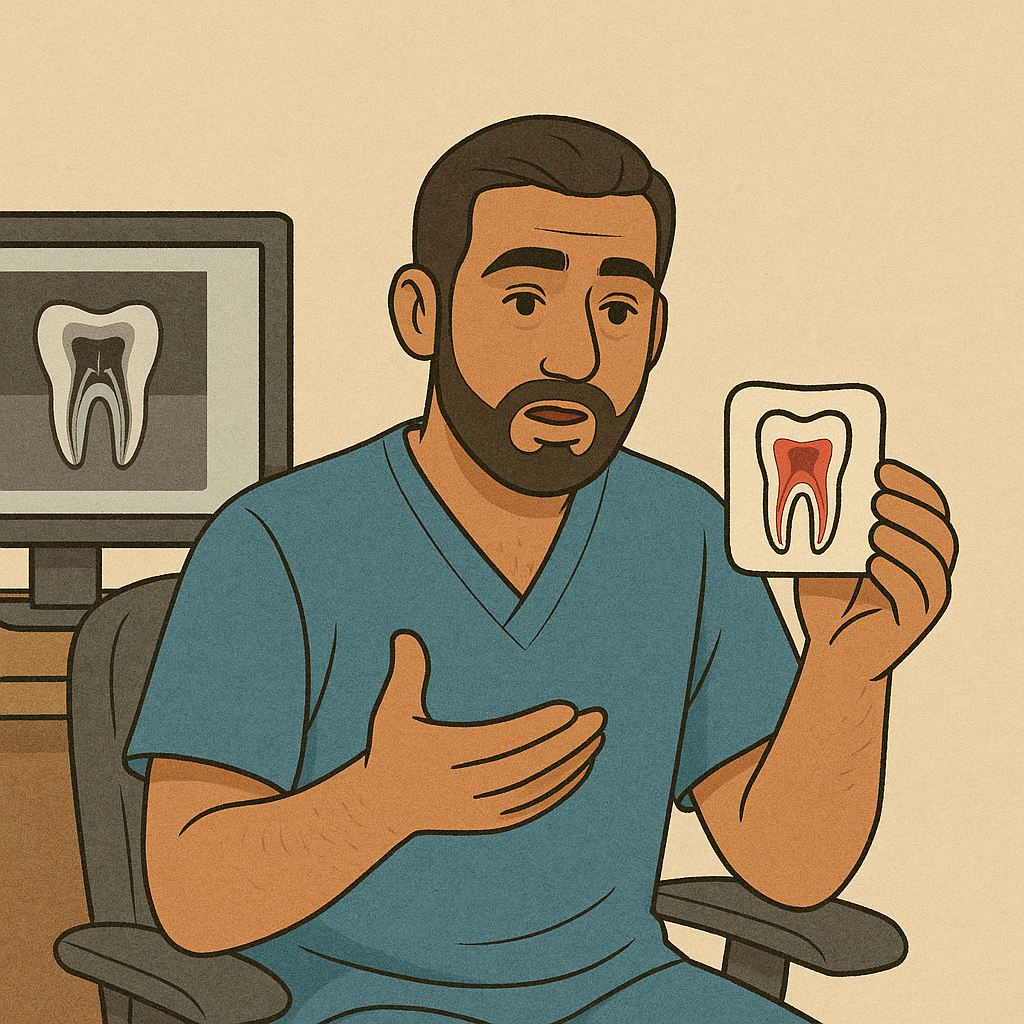Complex Tooth Extraction: Procedure, Recovery, and Aftercare
When Is a Complex Tooth Extraction Necessary?
A dentist may recommend a complex tooth extraction in the following cases:
- Impacted Wisdom Teeth – When wisdom teeth do not fully erupt or grow at an angle.
- Severely Fractured Teeth – When a tooth has broken off at the gum line, making standard extraction difficult.
- Teeth with Curved or Fused Roots – When the tooth’s root structure makes it hard to extract in one piece.
- Severely Decayed or Brittle Teeth – When the tooth is too weak to be pulled out intact.
- Teeth Surrounded by Dense Bone – When excessive bone structure makes extraction more complex.
- Retained Baby Teeth – When baby teeth do not naturally fall out and block permanent teeth from erupting.
How Is a Complex Tooth Extraction Performed?
- Initial Examination and X-rays – The dentist assesses the tooth’s condition and surrounding bone structure.
- Anesthesia Administration – Local anesthesia is used, and in some cases, sedation or general anesthesia may be provided for comfort.
- Gum and Bone Access – The dentist or surgeon makes a small incision in the gum and may remove a portion of the bone if necessary.
- Sectioning the Tooth – If needed, the tooth is divided into smaller sections for easier removal.
- Tooth Removal – Using specialized tools, the dentist carefully extracts the tooth while minimizing damage to surrounding tissues.
- Suturing the Gum – The gum is stitched to promote healing, and gauze is placed over the site to control bleeding.
What to Expect After a Complex Tooth Extraction
- Swelling and Discomfort – Swelling peaks within the first 48 hours and gradually subsides.
- Pain Management – Prescription or over-the-counter pain relievers may be recommended.
- Bleeding Control – Mild bleeding is normal and should stop within 24 hours.
- Soft Diet – Stick to soft foods such as smoothies, soups, and mashed potatoes to prevent irritation.
- Strict Oral Hygiene – Avoid brushing near the site for the first 24 hours and rinse gently with salt water.
- Limited Physical Activity – Avoid heavy lifting or strenuous exercise for at least a few days.
Recovery Timeline
- First 24 Hours – Initial blood clot formation and mild discomfort.
- 2-3 Days – Peak swelling, followed by gradual improvement.
- 1 Week – Stitches may be removed, and soft tissue starts to heal.
- 2-4 Weeks – Most soft tissue healing is complete.
- 3-6 Months – Bone fully regenerates, especially if an implant is planned.
Possible Complications and How to Prevent Them
- Dry Socket – Avoid smoking, drinking through straws, or aggressive rinsing to prevent dislodging the clot.
- Infection – Follow prescribed antibiotics and maintain oral hygiene as advised.
- Nerve Damage – Rare but possible in lower wisdom tooth extractions; symptoms include numbness in the lips or tongue.
- Excessive Bleeding – If bleeding persists beyond 24 hours, consult your dentist.
When to Contact a Dentist After Extraction
Seek professional care if you experience:
- Severe pain not relieved by medication.
- Persistent or excessive bleeding beyond 24 hours.
- Swelling that worsens after three days.
- Fever, pus, or foul odor indicating infection.
- Numbness lasting longer than expected.
Conclusion
A complex tooth extraction is a specialized procedure that, when performed correctly, ensures minimal discomfort and a successful recovery. Proper aftercare is crucial to healing, and consulting your dentist for follow-ups will help prevent complications. If you need a complex extraction, discuss your options with a dental professional to ensure the best possible outcome.
























